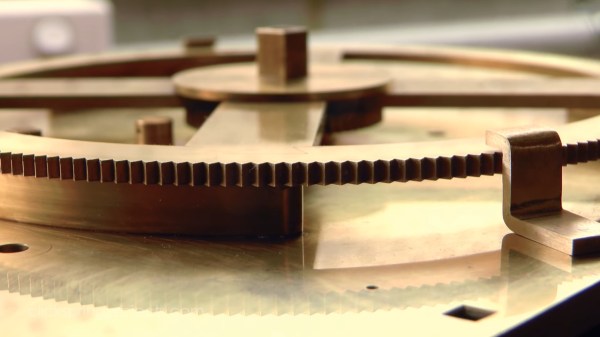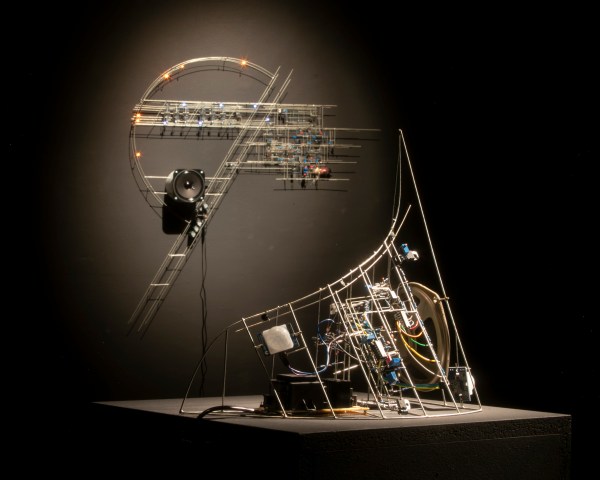With all the trained academics who have pored over the Antikythera mechanism in the 120 years since it was pulled from the Mediterranean Sea, you’d think all of the features of the ancient analog computer would have been discovered by now. But the mechanism still holds secrets, some of which can only be appreciated by someone in tune with the original maker of the device. At least that what appears to have happened with the recent discovery of a hitherto unknown lunar calendar in the Antikythera mechanism. (Video, embedded below.)
The Antikythera mechanism is fascinating in its own right, but the real treat here is that this discovery comes from one of our own community — [Chris] at Clickspring, maker of amazing clocks and other mechanical works of art. When he undertook a reproduction of the Antikythera mechanism using nothing but period-correct materials and tools four years ago, he had no idea that the effort would take the direction it has. The video below — also on Vimeo — sums up the serendipitous discovery, which is based on the unusual number of divisions etched into one of the rings of the mechanisms. Scholars had dismissed this as a mistake, but having walked a mile in the shoes of the mechanism’s creator, [Chris] knew better.
The craftsmanship and ingenuity evidenced in the original led [Chris] and his collaborators to the conclusion that the calendar ring is actually a 354-day calendar that reflects a lunar cycle rather than a solar cycle. The findings are summarized in a scholarly paper in the Horological Journal. Getting a paper accepted in a peer-reviewed journal is no mean feat, so hats off to the authors for not only finding this long-lost feature of the Antikythera mechanism and figuring out its significance, but also for persisting through the writing and publication process while putting other projects on hold. Clickspring fans have extra reason to rejoice, too — more videos are now on the way!
Continue reading “Hacker’s Discovery Changes Understanding Of The Antikythera Mechanism”




















